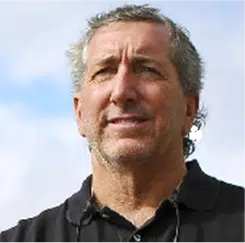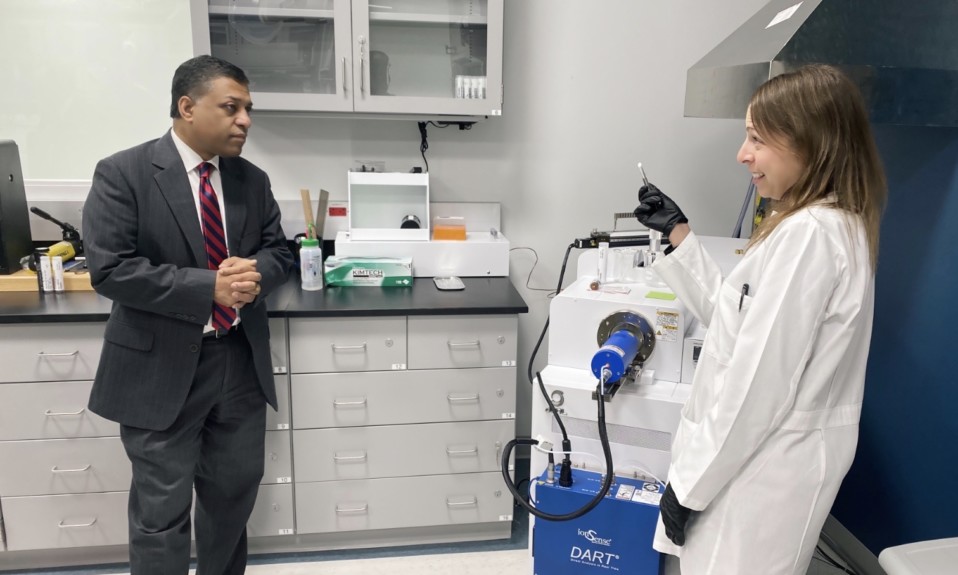While not a perfect remedy, the funding is a step in the right direction
By Jason Langendorf
President Joe Biden’s administration, which has been perhaps the most active to date in terms of granting funds and enacting policy changes to address addiction and mental health disorders and treatment, is awarding $1.5 billion in federal grants to combat the opioid crisis.
The White House will deliver the grants to every state, tribal land and territory “to increase access to treatment for substance use disorder, remove barriers to public-health interventions like naloxone and expand access to recovery support services such as 24/7 opioid treatment programs,” it said in a statement announcing the initiative.
“At this time, less than one out of 10 people in the United States who need addiction care get it.”
—Rahul Gupta, director of the White House Office of National Drug Control Policy
The funding came last week in recognition of September’s National Recovery Month and as part of the State Opioid Response and Tribal Opioid Response grant programs through the Substance Abuse and Mental Health Services Administration (SAMHSA). The White House described the move as “a critical step forward” in Biden’s Unity Agenda, which named beating the opioid epidemic as a key pillar.
“At this time, less than one out of 10 people in the United States who need addiction care get it,” said Rahul Gupta, MD, director of the White House Office of National Drug Control Policy (ONDCP), in a separate statement. “That is why President Biden released a National Drug Control strategy to beat the overdose epidemic by going after its drivers: untreated addiction and drug trafficking.”
A Closer Look at the Opioid Grants
Nearly all stakeholders inside and outside the administration can agree that more funding is needed to help people with substance use disorder (SUD) nationwide. Moreover, many experts generally support the latest steps in the federal response to reduce the harm of opioids. The White House outlined those steps:
- Investing more than $104 million to expand substance use treatment and prevention in rural communities to beat the overdose epidemic
- Investing $20.5 million to increase access to recovery supports
- Releasing new guidance to support and facilitate greater access to naloxone products approved by the Food and Drug Administration (FDA)
- Announcing additional funding for law enforcement officials on the front lines of the overdose epidemic
- Releasing new guidance for employers to create recovery-ready workplaces
- Deploying financial sanctions to disrupt global drug trafficking operations

But in order to be effective, funding to address the opioid crisis must be focused on evidence-based strategies and be properly apportioned. “In order to make a positive impact on the long-term trajectory of this health crisis,” says Richard Daley, CEO of Sunwave Health, a Florida-based behavioral health technology company, “the larger community needs to better understand the lifelong journey of substance abuse patients.”
Daley applauds the administration’s focus on naloxone accessibility and distribution, for instance. But he says more tracking is critical to understanding how complex interactions between diverse populations, social determinants and established protocols and processes lead to current outcomes, which include more than a million overdose deaths in the U.S. since 1999. “Without investment in technology, data standardization and analytics,” Daley says, “there is no effective way to measure or monitor the effectiveness of these programs.”
More MOUD Is Needed
What may be most frustrating to experts in the addiction treatment field, however, is the willful refusal to use methods that work. Methadone treatment for opioid use disorder (OUD), for instance, is clinically proven to reduce overdoses and overdose deaths. Yet federal regulations have limited access to this medication for opioid use disorder (MOUD) by placing heavy restrictions on sanctioned opioid treatment programs (OTPs) and waivered methadone administrators.
Meanwhile, states have been allowed to further tighten those restrictions as they see fit. The Pew Charitable Trusts recently conducted research that found state regulations adversely affect access to care and the patient experience. The research also looks at how some rules diverge from federal guidelines as well as what works to treat addiction.
“When you hear from OTP clients about the devastating effect that some of these rules have on their lives,” said Pew associate manager Frances McGaffey, “it’s very moving and I think creates some urgency for training for change once you understand the negative impact of the stigmatizing.”
As states receive funding to address the opioid crisis, such as the latest grants from the White House, some pick and choose where to deploy it not based on evidence-based research or observed need but rather on antiquated notions that still persist from the country’s failed War on Drugs.
“It should be a clinical decision, made by the provider and the patient coming to an agreement on the medication. Right now, we have that decision being made in state houses, agencies, rather than in the doctor’s office.”
—Frances McGaffey, Pew
Consider that as of 2018, 80% of counties in the U.S.—many of them encompassing rural communities—had no OTPs. And while Pennsylvania and West Virginia, two states profoundly affected by the opioid crisis, received $80,784,879 and $44,337,509, respectively, in last week’s round of federal grants, West Virginia explicitly permits the establishment of no new OTPs, while Pennsylvania disallows OTPs to open medication units that are known to improve access.
McGaffey notes that states can use funds to improve access to buprenorphine treatment and other MOUDs or programs, but says it’s a one-size-fits-all approach that removes a key tool for managing OUD. “Just like any other medication, whether it’s for blood pressure or something else, medications work better for some people than others,” she says. “And when people don’t have access to OTP, they’re really left with one or two choices instead of being able to get the care that is best for them.”
Funding for OUD is critical, but so, too, is federal policymaking that sets an example for states and possibly ties grant aid to initiatives grounded in evidence-based research. Methadone is only a small piece of the puzzle, but no medication proven to save and better lives should be overlooked or mischaracterized.
“It is just editing medications for some patients,” McGaffey said of state policy discouraging methadone access. “It should be a clinical decision, made by the provider and the patient coming to an agreement on the medication. Right now, we have that decision being made in state houses, agencies, rather than in the doctor’s office.”
Image: Shutterstock














